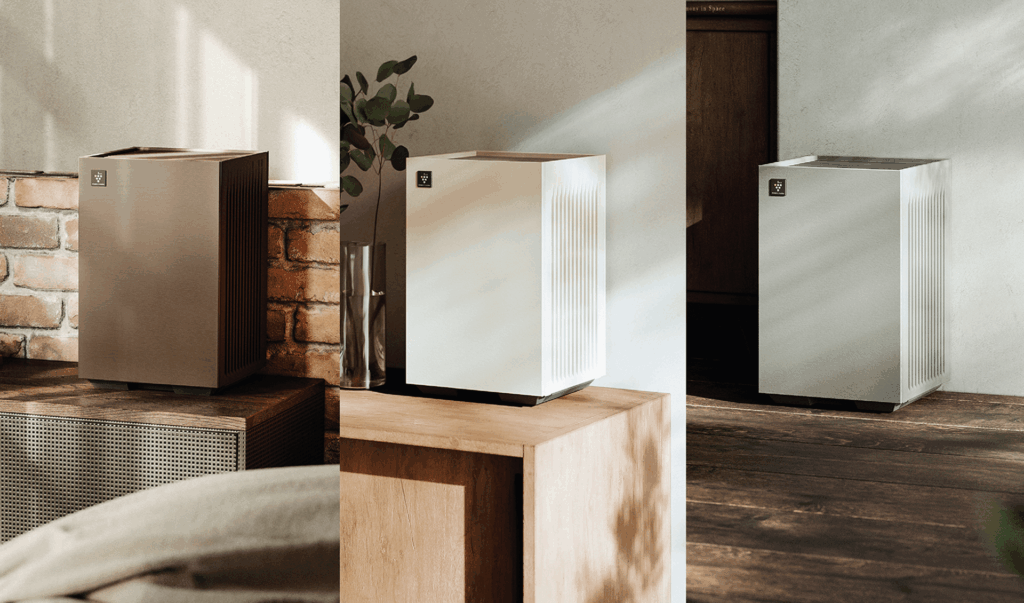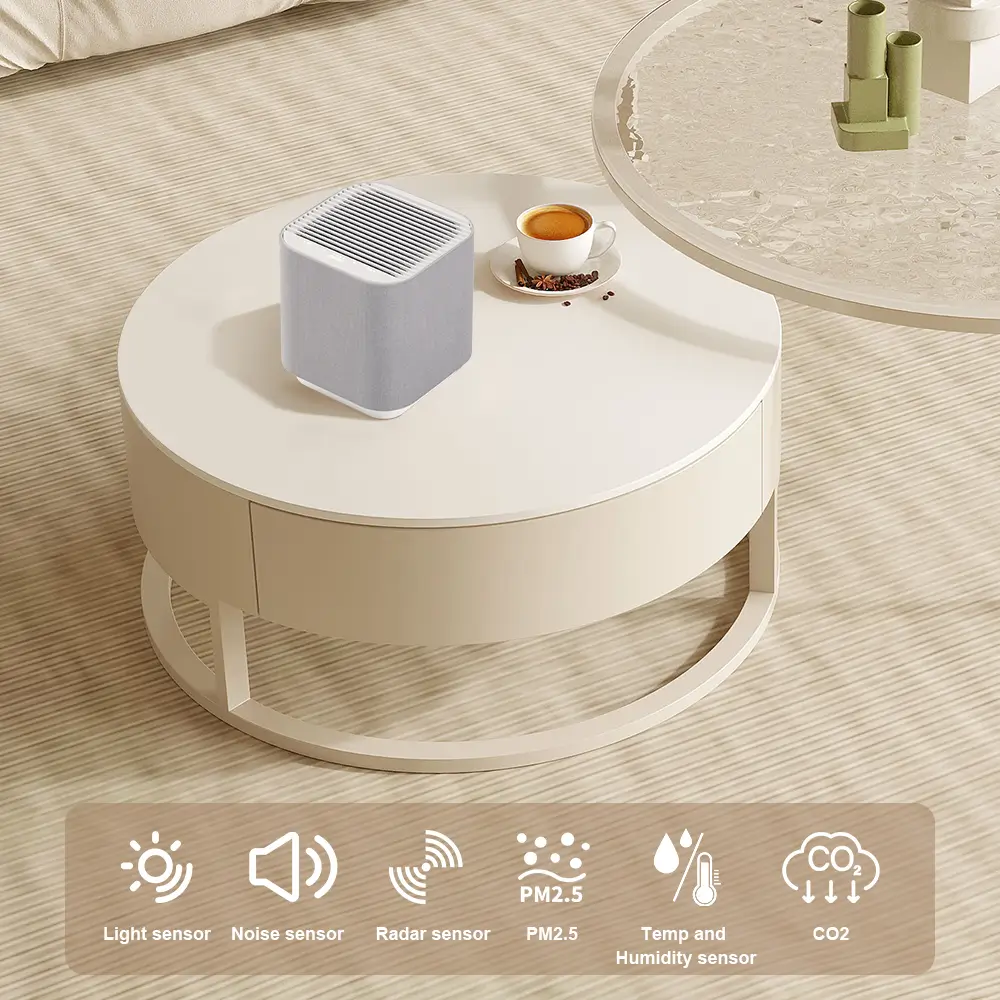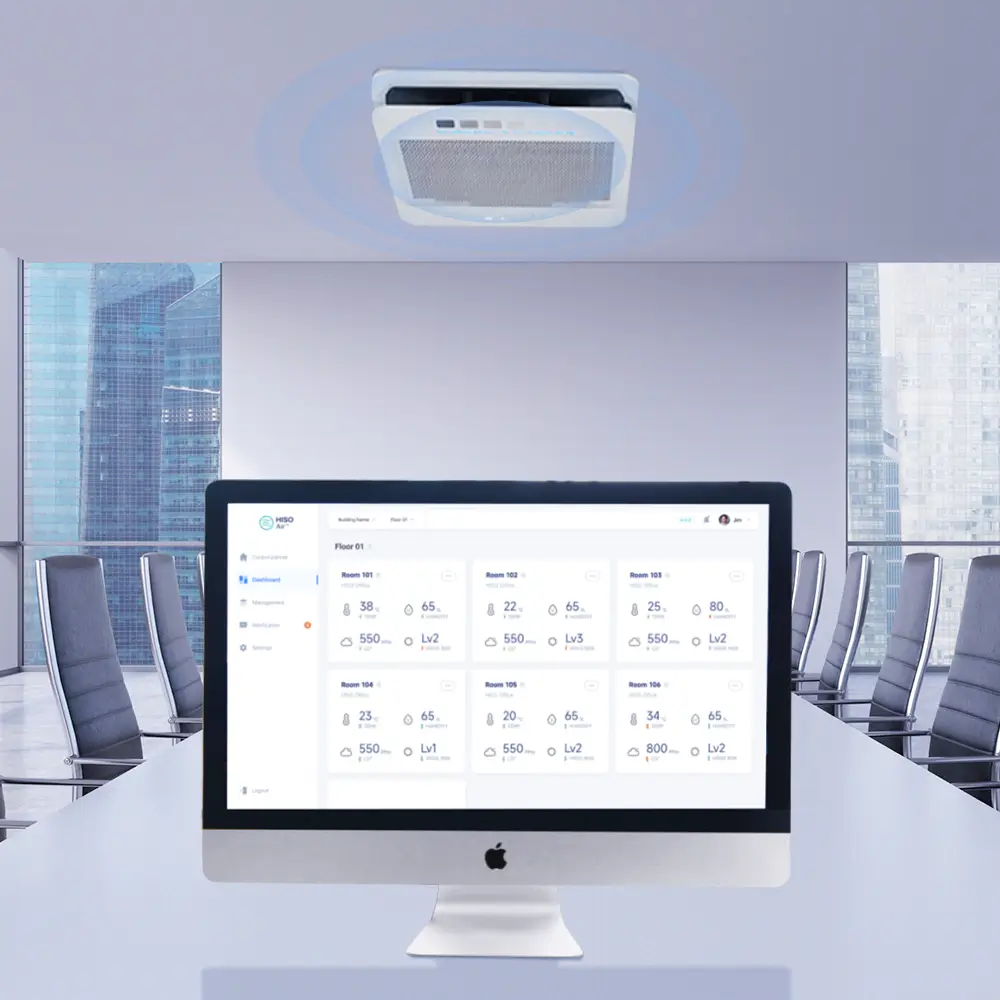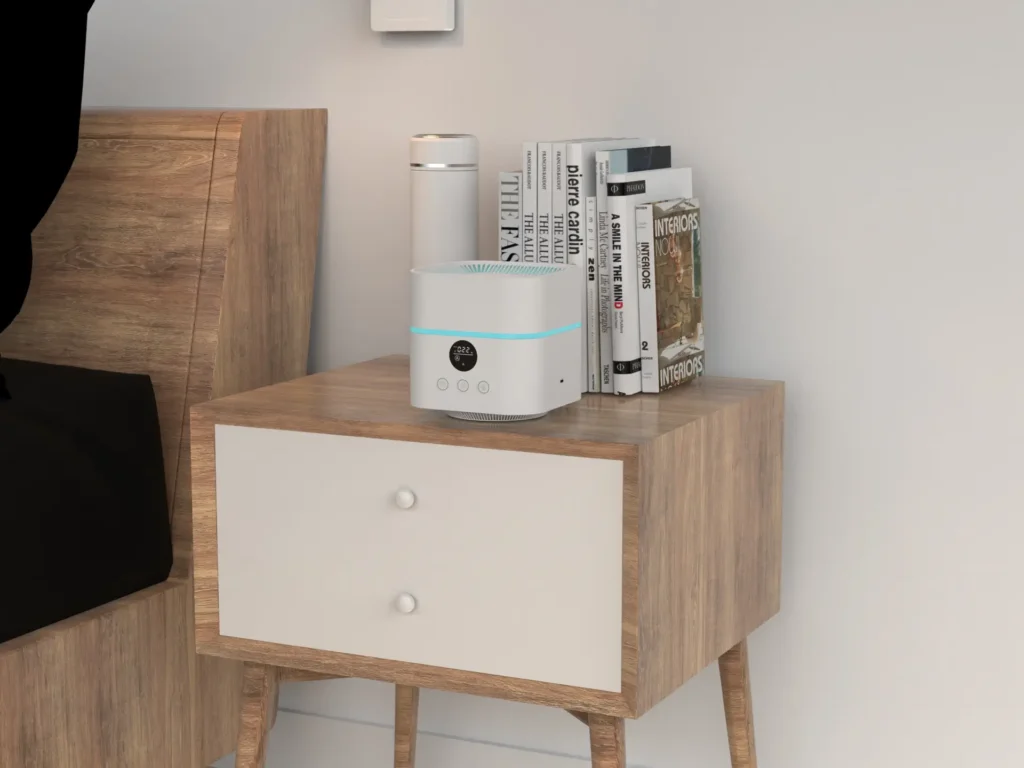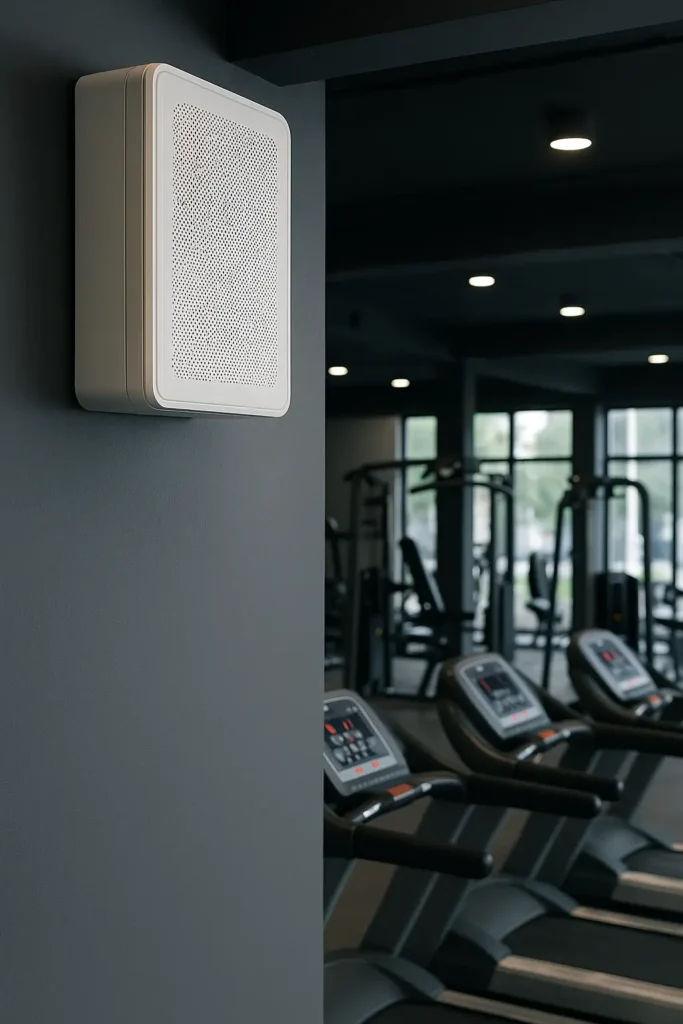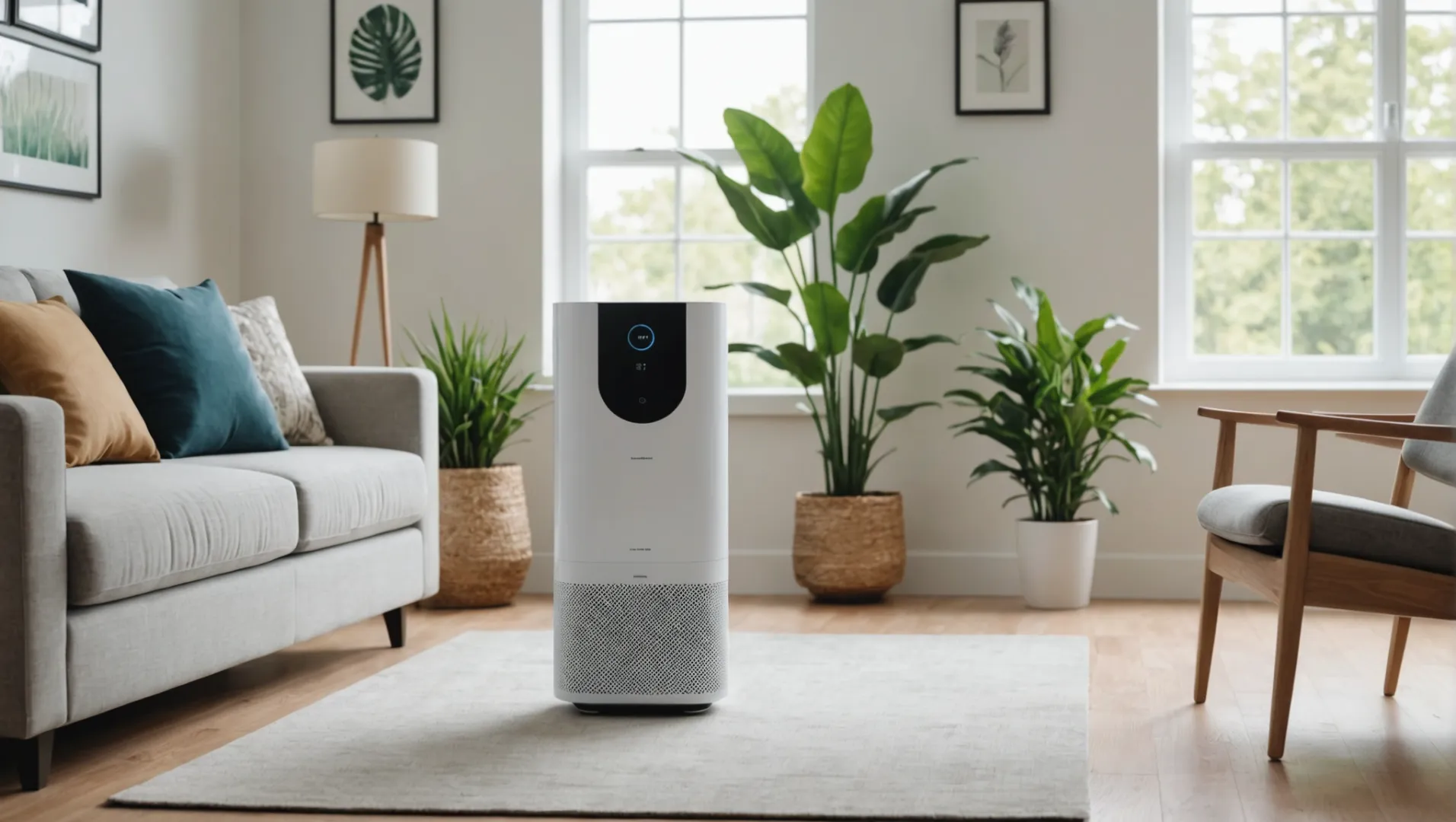
私たちの健康と空気の質がかつてないほど密接に関係している世界では、空気清浄機が認められた基準を満たしていることを確認する方法を理解することが不可欠になっている。
空気清浄機を以下の規格に適合させるには AHAM 基準では、適切な大気浄化率(CADR)をあなたの部屋のサイズに合わせ、「2/3ルール」を遵守してください。これにより、効率的な汚染物質ろ過と最適な空気品質が保証されます。
つかみながら CADR の評価と「2/3ルール」は素晴らしい出発点である。 AHAM と関連規格をご紹介します。この詳細なガイドブックを読みながら、認証、新たな規制、情報に基づいた決断を下すための実践的なヒントを見つけよう。
AHAMの「2/3ルール」は、最適な空気清浄機の効率を保証します。真
2/3ルール」は、清浄機の容量と部屋の大きさを一致させ、効率を高めるものだ。
何が問題なのか? AHAM 2/3ルール」と空気清浄機の性能への影響?
について AHAM 2/3ルール」は空気清浄機の効率にとって重要なガイドラインであり、室内の空気の質に大きく影響する。
について AHAM 2/3ルール」は、大気浄化率(CADR)は、部屋の面積(平方フィート)の少なくとも3分の2でなければなりません。このルールにより、空気清浄機の能力を部屋の大きさに合わせることで、効率的な空気清浄が可能になる。
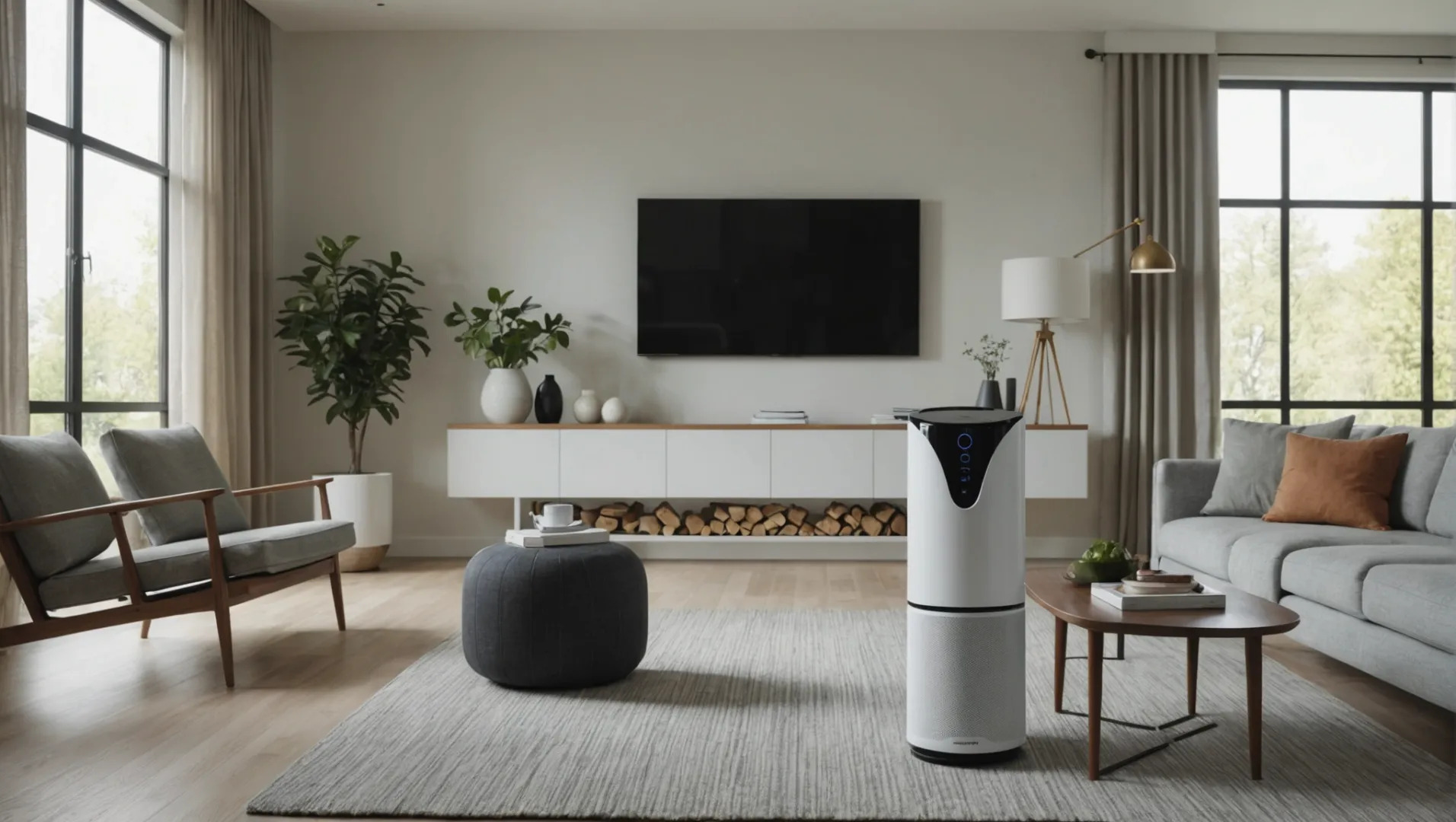
を理解する AHAM 2/3ルール
について 家電工業会(AHAM)1 は、ある空間における空気清浄機の有効性を判断する基準として「2/3ルール」を確立した。基本的には CADR は、部屋の広さ(平方フィート)の少なくとも3分の2を満たす必要があります。例えば、150平方フィートの部屋であれば、空気清浄機には CADR を少なくとも100に設定します。このガイドラインは、空気清浄機が浮遊粒子を効果的に減少させ、室内の空気の質を最適に保つことを保証するため、非常に重要である。
その背後にある科学 CADR その影響
クリーンエア供給率(CADR)は、空気清浄機によってろ過された空気の量を測定する。これは、室内環境から煙、花粉、ほこりなどの特定の汚染物質を除去する清浄機の能力を反映している。2/3ルール」を遵守することで、メーカーは自社製品の効率性と信頼性を確保することができ、消費者に空気浄化能力に対する信頼を提供することができる。
CADR 格付けとその意義
CADR 3つの一般的な汚染物質に対する評価が与えられている:
| 汚染物質 | 典型的な CADR 効果的な除去に必要なもの |
|---|---|
| スモーク | 高い CADR は粒径が小さいため不可欠である。 |
| 花粉 | 中程度 CADR 花粉が大きくなり、密度が低くなるからだ。 |
| ダスト | 花粉に似ているが、若干高いものが必要かもしれない CADR. |
これらの評価とその重要性を理解することで、消費者は自分のニーズに最も適した空気清浄機を選ぶことができ、生活環境が安全で健康的な状態に保たれるようになる。
なぜ規格遵守が重要なのか
コンプライアンス AHAM 規格は、品質と性能を保証するだけでなく、次のような進化する規制にも対応しています。 エネルギースターと DOE 認証2.これらの認証は、空気清浄機がエネルギー効率に優れ、政府の厳しいガイドラインに適合していることを示し、消費者にさらなる安心を提供する。
近々発表される規制など、新たな規制が登場する。 DOE 2024年にはコンプライアンス要件が課されるため、これらの基準を維持する方法を理解することがさらに重要になります。製品設計やコンプライアンスに影響を及ぼす可能性のある法規制の変更について、常に情報を得ることが重要です。
最終的には、それを理解し、適用することである。 AHAM 2/3ルール」によって、メーカーも消費者も空気浄化ソリューションについて十分な情報を得た上で意思決定ができるようになり、空気の質の向上とより健康的な居住空間の実現に貢献する。
AHAMの "2/3ルール "では、CADRは部屋の大きさの3分の2でなければならない。真
これにより、空気清浄機は部屋の空気を効果的に清浄する。
2/3ルール」は空気清浄機の効率とは無関係である。偽
この規則は、空気清浄機の空気清浄能力に直接影響する。
なぜなのか? CADR 空気清浄機のコンプライアンス
理解する CADR 空気清浄機が室内の空気を効果的に清浄するための鍵です。
CADR清浄空気排出率は、汚染物質を除去する空気清浄機の効率を測定する。家庭用電気製品製造者協会(AHAM)、機器が効果的で消費者の期待に応えていることを確認する。
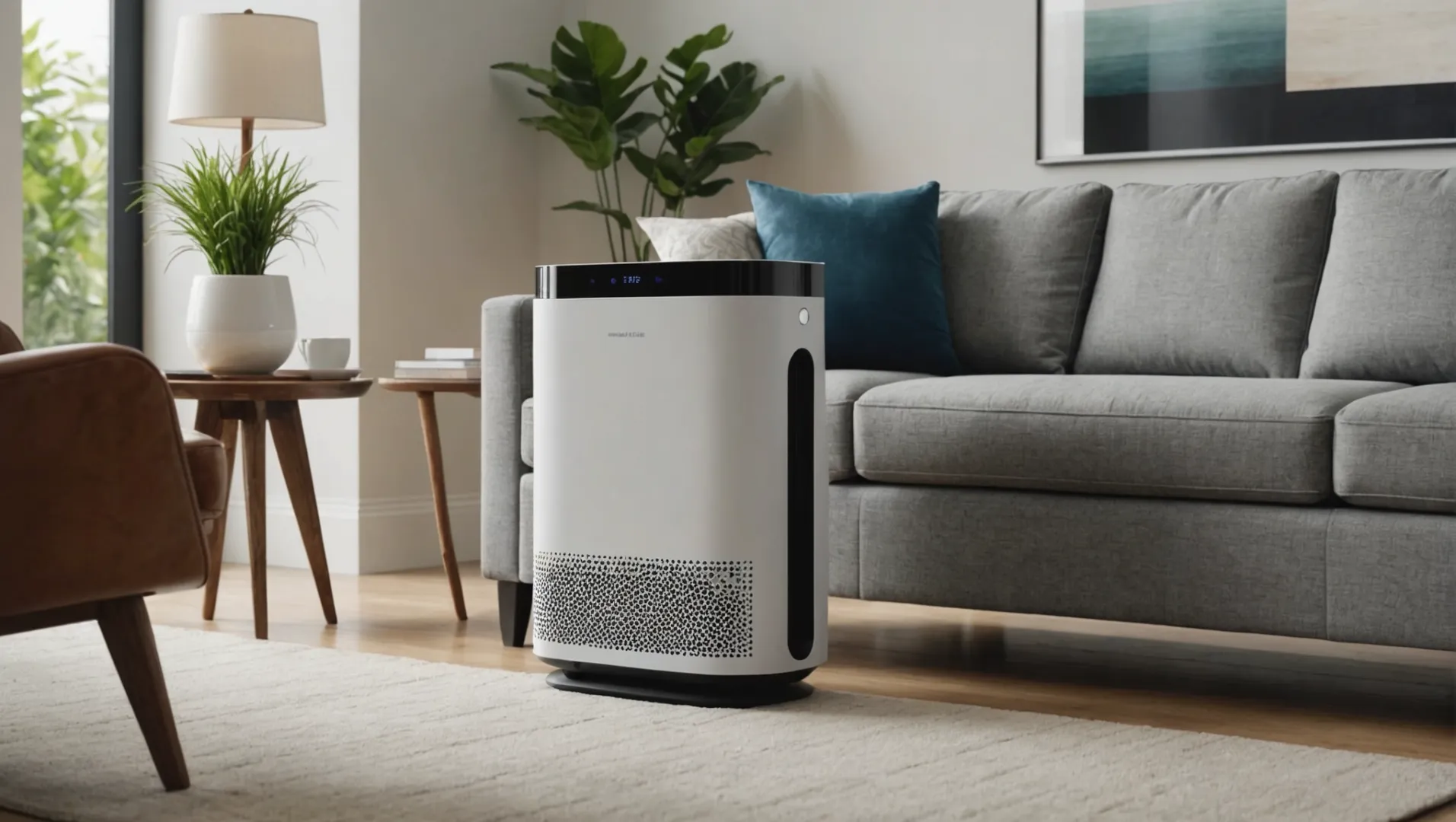
の役割 CADR 大気質
クリーンエア供給率(CADR)は、空気清浄機が空気から粒子を除去する速さを示す重要な指標です。1分あたりの立方フィート(CFM)で表され、ろ過された空気の体積を表します。より高い CADR この数値は、汚染物質の除去速度が速いことを意味する。 空気の質3 大幅に。
CADR は、空気清浄機の性能を評価するだけでなく、業界基準を満たしていることを確認するためにも不可欠です。その AHAM 用途 CADR 空気清浄機のテストと検証を行い、消費者に信頼できる情報を提供している。
ミーティング AHAM 規格
を遵守する。 AHAM 規格では、メーカーは自社製品が一定の基準を満たすことを保証しなければならない。 CADR 部屋のサイズに基づく値。2/3ルール」では、空気清浄機は、部屋の大きさに応じて、以下の値を設定する必要があるとされている。 CADR 部屋の面積(平方フィート)の少なくとも3分の2に相当する。例えば、150平方フィートの部屋では CADR 少なくとも100CFMでなければならない。
| 部屋の広さ(平方フィート) | 最低限 CADR (CFM) |
|---|---|
| 100 | 67 |
| 150 | 100 |
| 200 | 133 |
このコンプライアンスにより、清浄機は煙、花粉、ホコリなどの汚染物質を効率的に除去し、健康的な室内環境を維持することができる。
CADR 新たな規制
その先 AHAM 基準では、AHARE241のような新しい規制は、1時間当たり最低6回の空気の入れ替え(アッチ).今度のコンプライアンスによって CADR 最適な空気の質を維持することが健康と生産性にとって極めて重要である商業スペースでは、なおさら重要である。
に注力するメーカー エネルギースター4 資格証明書もある。 CADR 空気清浄機のエネルギー効率に影響するためである。2024年以降、米国市場に投入されるすべての空気清浄機は、エネルギー省(DOE)の基準の重要性をさらに強調している。 CADR コンプライアンスと市場競争力のために。
CADRが高いということは、汚染物質の除去速度が速いことを意味する。真
CADRは、空気清浄機が空気を浄化する速度を測定するもので、数値が高いほど除去が速いことを示す。
AHAMの基準では、CADRは部屋の広さと同じ(平方フィート)でなければならない。偽
AHAMの基準では、CADRは部屋の面積(平方フィート)の3分の2でなければならない。
エネルギースターと DOE 認証が空気清浄機に影響?
今日の環境意識の高い世界では、空気清浄機の認証を理解することが、持続可能な選択をするための鍵となる。
エネルギースターと DOE 認証は、空気清浄機がエネルギー効率に優れ、米国の基準を満たしていることを保証します。これらの認証は、電気代を削減するだけでなく、今後の規制への準拠を保証し、空気清浄機をより賢明な投資にします。
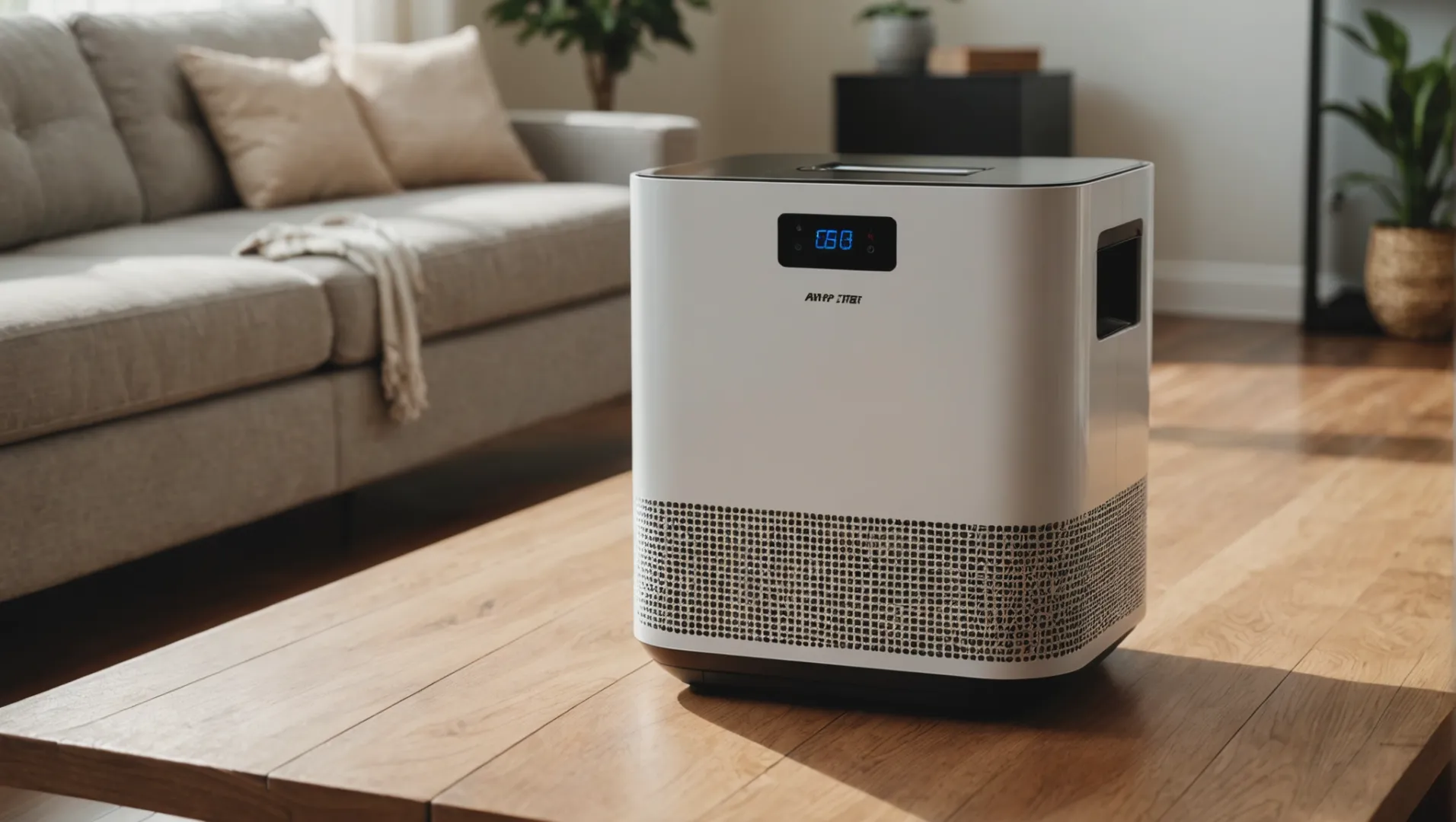
エネルギースター認証について
エネルギースターは、エネルギー効率を示す信頼のシンボルです。これは、空気清浄機のような電化製品が特定のエネルギー性能基準を満たしている、またはそれを上回っていることを示すものです。空気清浄機の場合、これは性能に妥協することなく効率的に動作することを意味します。この認証は、特に空気の質が懸念される環境で連続運転する場合、エネルギー料金の大幅な節約につながります。
を選択する。 エネルギースター認定空気清浄機5消費者は、持続可能性の目標に沿い、二酸化炭素排出量を削減するエネルギー消費の削減を保証される。
DOE 認証:2024年からの必須アイテム
エネルギー省(DOE)の認証が2024年から義務化され、業界全体のエネルギー効率の基準となる。この認証により、米国市場に投入されるすべての新型空気清浄機が最低効率基準を満たしていることが保証され、消費者は消費電力の高い製品を避けることができる。
DOE-認証製品は厳しい条件下でテストされ、最小限のエネルギー消費で高い性能を発揮することを保証します。環境への関心が高まり、消費者がより持続可能な製品を求めるようになるにつれ、これは極めて重要なことです。
消費者の選択への影響
これらの認証により、消費者は十分な情報を得た上で購入の意思決定を行うことができる。エネルギー消費の削減による光熱費の節約の可能性は大きい。さらに DOE 認証の取得が義務化されれば、非認証モデルの購入は問題ではなくなるかもしれない。
メーカーにとっては、次のようなことが重要である。 エネルギースターと DOE 規格6 ブランドの評判を高めるだけでなく、規制上の要求を満たすことで市場機会を拡大する。
業界への影響
このような認証は、業界内の技術進歩の原動力にもなっている。メーカーは技術革新を余儀なくされ、性能に妥協することなくエネルギー効率の高い設計に注力する。その結果、空気清浄機はより洗練され、消費電力を抑えながら強化された機能を提供するようになると予想される。
結論として、これらの認証は一見ラベルのように見えるが、その影響は甚大であり、消費者の行動を形成し、製造プロセスに影響を与え、最終的には環境に利益をもたらす。
エナジースター認証で光熱費を節約真
エネルギースター認証製品は、エネルギー効率に優れ、電気料金を削減するように設計されています。
DOE認証は2024年に空気清浄機のオプションとなる。偽
DOE認証は、2024年から米国内のすべての空気清浄機に義務付けられる。
AHARE241コンプライアンスとは何か?
AHARE241への準拠は、空気清浄基準の極めて重要な転換を意味し、メーカーと消費者の双方に影響を与える。
AHARE241は、空気清浄機に対して、1時間に最低6回の空気の入れ替えを義務づけている。アッチ)を室内や商業スペースに導入することが求められている。この規格は、室内の空気の質を最適に保つために極めて重要であり、2024年以降、特に米国において空気清浄機市場の重要な要因になると予想されている。
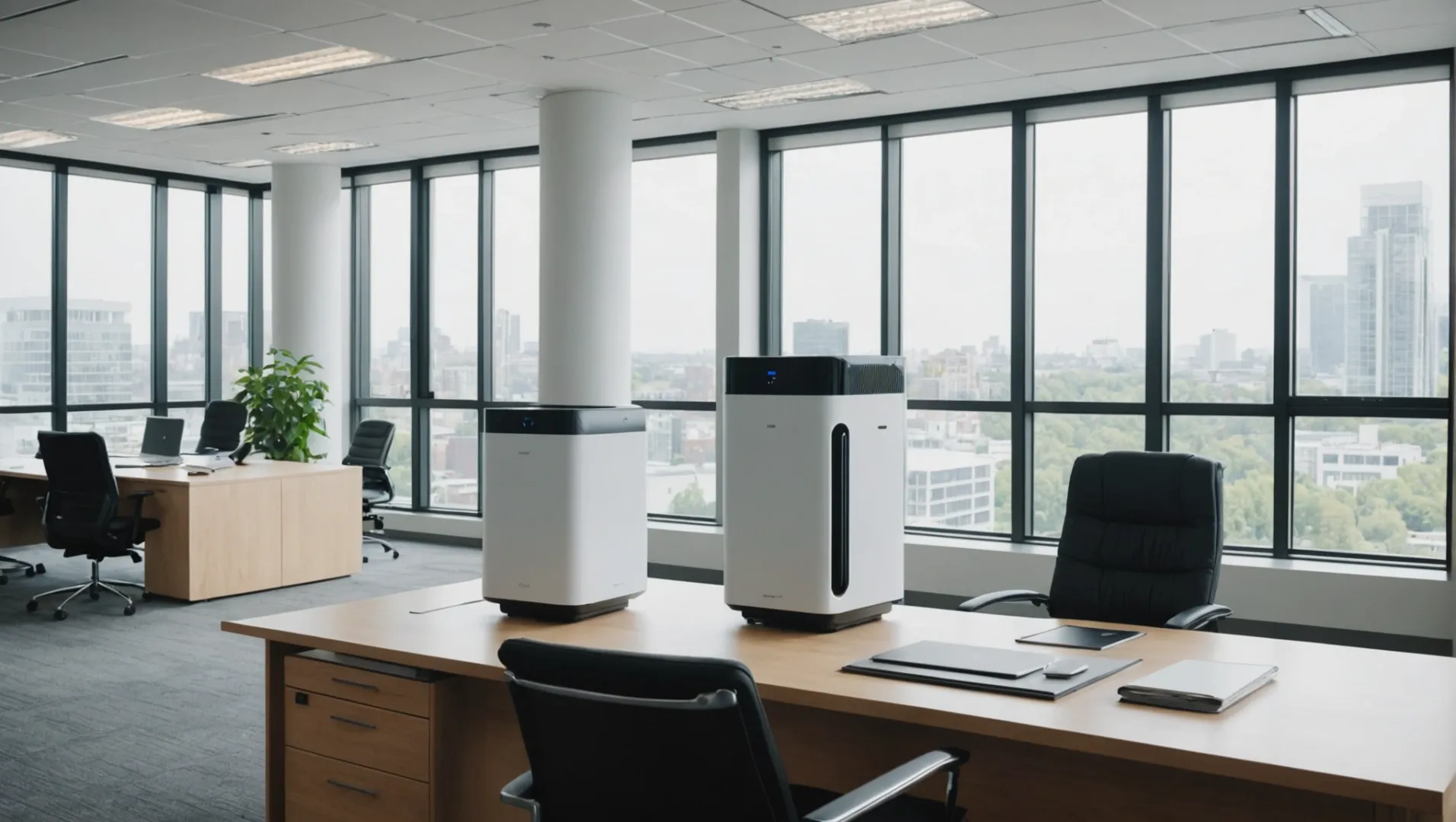
AHARE241コンプライアンスを理解する
AHARE241への準拠は、空気清浄機の設計と様々な環境下での利用方法に革命をもたらすことを目的とした新たな基準である。この規格の中心的な要件は、1時間あたり少なくとも6回の空気の入れ替え(アッチ)を、住宅の部屋、商業ビル、HVACシステムなど、どのような空間にも適用することができる。このベンチマークにより、これらの空間内の空気が常にリフレッシュされ、空気中の汚染物質の濃度が大幅に低減される。
この基準の導入は、室内空気の質に対する意識がかつてないほど高まっている時期に行われた。COVID-19の大流行により、清浄な室内空気の重要性が浮き彫りになり、規制機関はより厳しい基準を求めるようになった。その結果、AHARE241への適合は、メーカーと消費者双方にとって重要な要素となるであろう。
メーカーと消費者への影響
メーカーにとって、AHARE241への適合は、6つの基準を満たす、より効率的な空気清浄機を開発するための研究開発への投資を意味する。 アッチ 必要条件である。これには、既存モデルの再設計や、エアフローやろ過能力を向上させる新技術の開発が含まれる。
消費者、特に米国の消費者にとっては、AHARE241への適合が、空気清浄機を購入する際の重要な検討事項になる日も近い。2024年以降に新たな法律が制定されることが予想されるため、消費者はこの基準を満たすだけでなく、エネルギースターや DOE エネルギー効率のために。
空気浄化の未来
AHARE241準拠へのシフトは、空気清浄業界におけるより広範な傾向を示している。よりクリーンな室内環境に対する需要が高まるにつれ、空気清浄技術の革新の機会も増えている。 業務用空気清浄機7 は、新しい法律や、安全で健康的な室内環境を維持することへの関心の高まりによって、大きな成長が見込まれている。
要約すると、AHARE241への準拠を理解し採用することは、空気清浄機市場に携わる者にとって不可欠である。規制の先取りを目指すメーカーであれ、最適な室内空気品質を確保したい消費者であれ、このコンプライアンスはこれらの目標を達成するための明確な道筋を示してくれる。
AHARE 241は、1時間に6回の空気入れ替えを必要とする。真
この規格は、空気清浄機があらゆる空間で6 ACHを達成することを義務付けている。
2024年以降、AHARE241が米国の消費者に影響を与えることはない。偽
2024年以降、AHARE241は、米国の空気清浄機の選択にとって極めて重要になる。
結論
ナビゲーティング AHAM コンプライアンスは、効果的な空気浄化を確保する鍵である。以下を理解することで CADR空気清浄機、認証、そして新たな基準により、規制を先取りしながら空気品質を向上させることができます。あなたの健康と空気清浄の未来に賢く投資しましょう。
-
このルールが空気清浄機の性能をどのように最適化するのかをご覧ください:AHAMの2/3ルールに従ってください:タバコの煙CADRが部屋の面積の少なくとも2/3のユニットが常に必要です。例えば、10フィート x 12フィートの部屋 - 120平方フィート ... ↩
-
これらの認証がどのように効率とコンプライアンスを向上させるかをご覧ください:ENERGY STAR認証ルームエアクリーナーは、標準モデルよりも約25%エネルギー効率が高く、消費 者を年間約120kWh、年間約$18節電させる。 ↩
-
CADRが室内の空気の質と空気清浄機の効率にどのような影響を与えるかを理解しましょう:CADRが高い空気清浄機を選ぶと、ホコリ、花粉、煙、塵などの汚染物質を効果的に除去することができます。 ↩
-
清浄機に関するエネルギースターメリットと要件について:ENERGY STAR認証ルームエアクリーナーは、標準モデルよりも約25%エネルギー効率が高く、消費者は年間約120kWh、年間約$18... ↩
-
エネルギースターモデルが費用効果が高く、環境に優しい理由をご覧ください:青いENERGY STARラベルの付いたルームエアクリーナーは、標準モデルよりも27%エネルギー効率が高く、耐用年数にわたって消費者を$130以上節約できます。 ↩
-
認証がいかに市場機会とブランド評価を高めるかを学ぶ:ENERGY STAR認証を受けた建物は、全国の同様の建物と比較して、平均して35%少ないエネルギーを使用しています。そのコスト削減効果は相当なものです。 ↩
-
2024年以降に拡大する業務用空気清浄機のビジネスチャンスをご覧ください:業務用スペースの空気品質の向上 - 空気清浄機は、ほこり、花粉、カビの胞子、ウイルス、細菌、揮発性有機化合物、臭いを除去することができます... ↩


